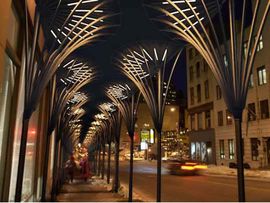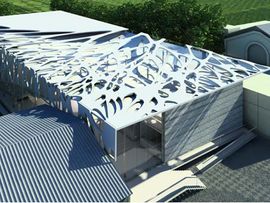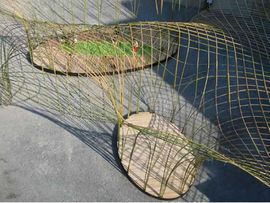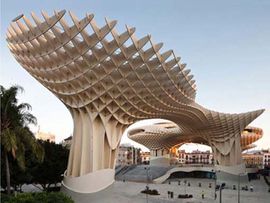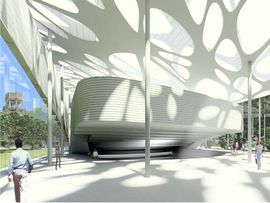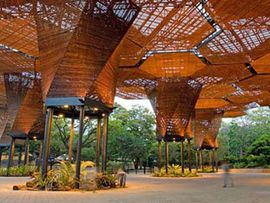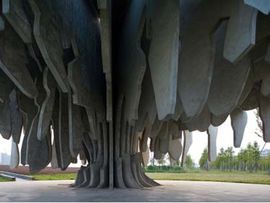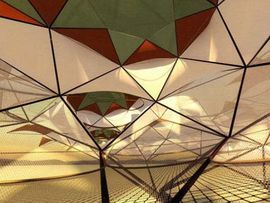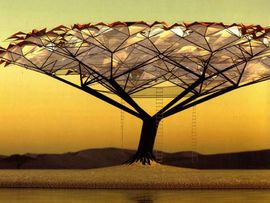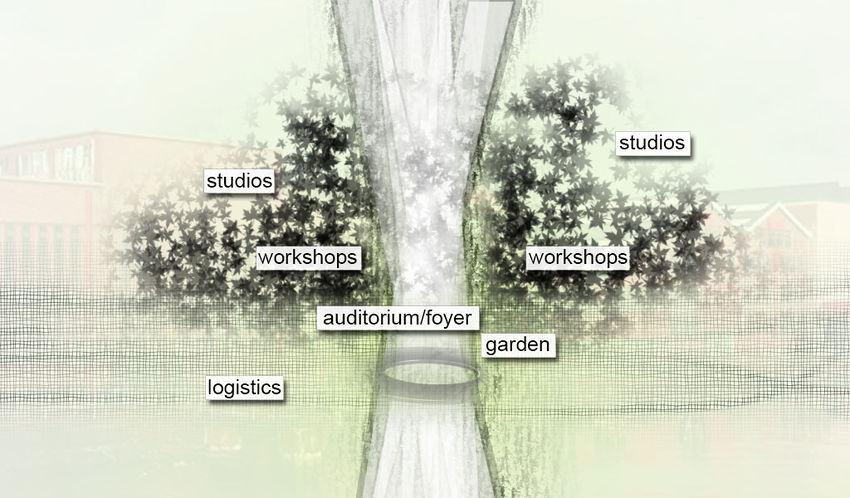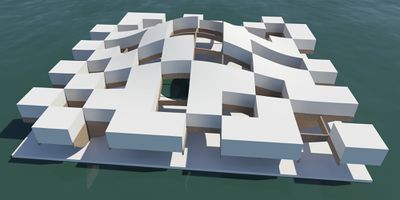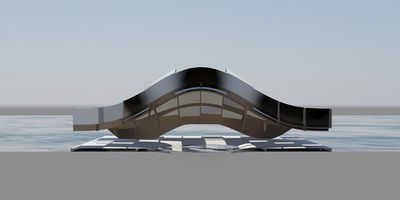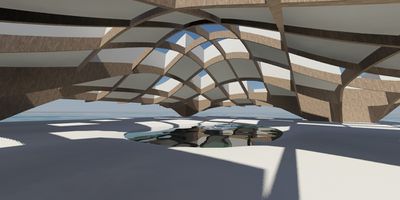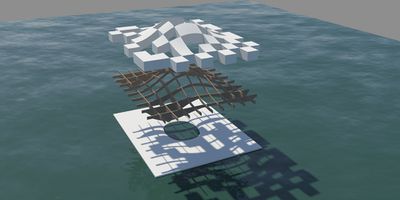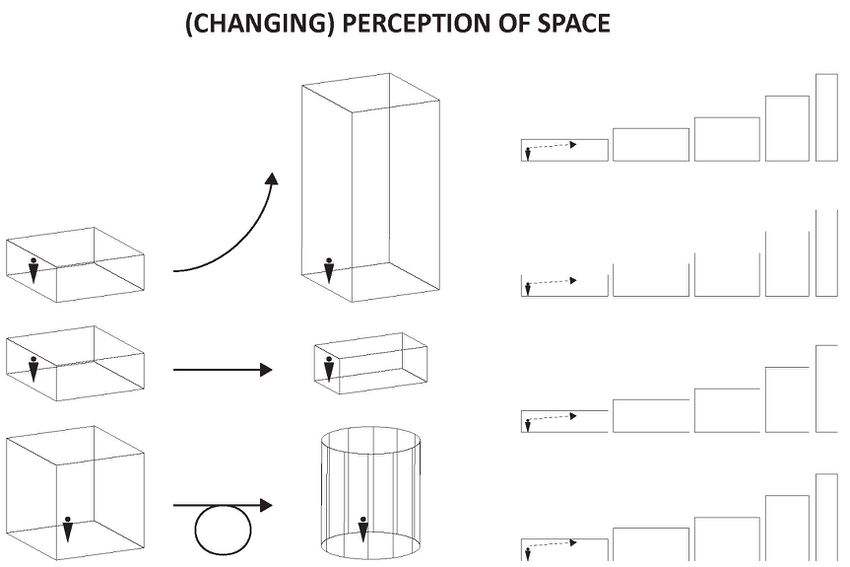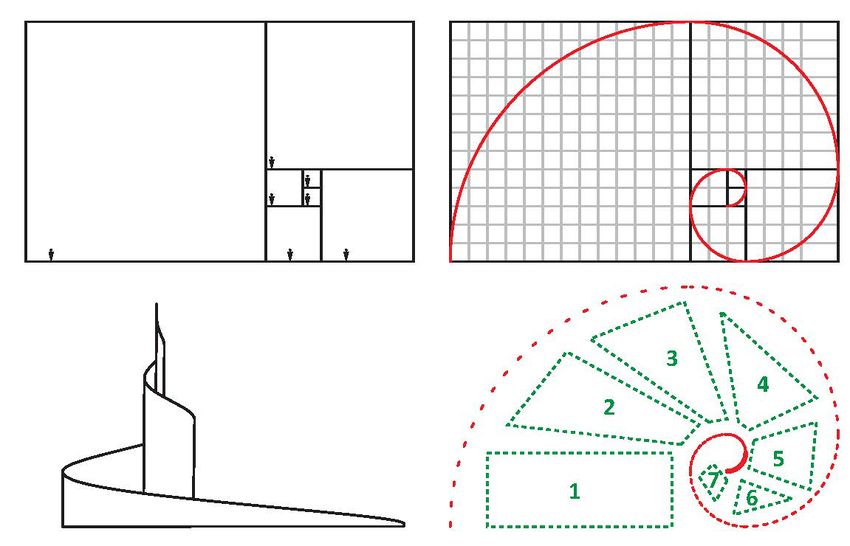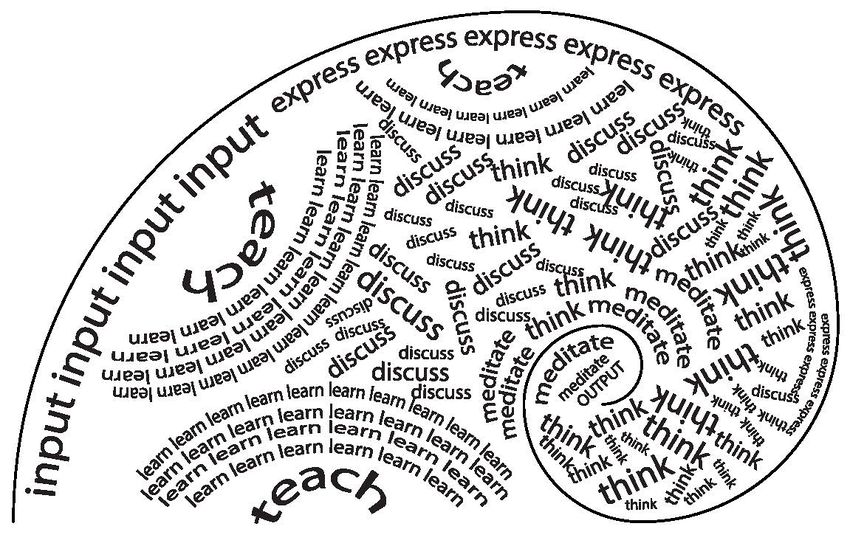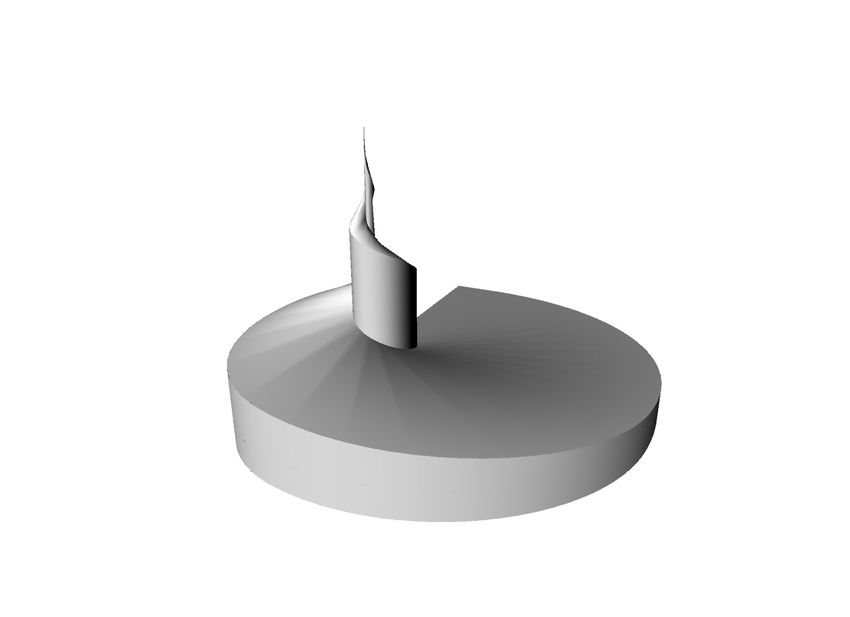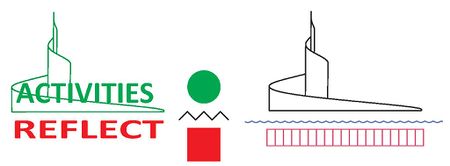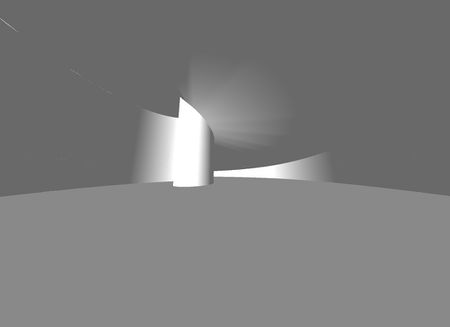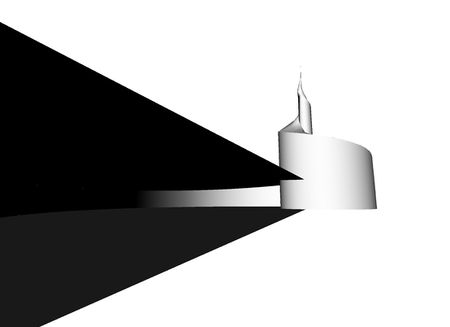project13:Styling
(→References) |
(→Perception of Spaces) |
||
| Line 111: | Line 111: | ||
=Perception of Spaces= | =Perception of Spaces= | ||
| − | There exist a lot of different ways an architectural space can interact with people | + | There exist a lot of different ways an architectural space can interact with people. The feeling people have in a church is completely different than, for instance, a classroom. Ignoring the function, materialization and use of color and looking only at the shape and the proportion of dimensions the perception of the two is completely different. How can a space influence a person's behavior, thoughts, feelings, etc.? How is architectural space perceptible? |
[[File:13_STEIGENGA_PERCEPTIONSPACE.jpg|850px]] | [[File:13_STEIGENGA_PERCEPTIONSPACE.jpg|850px]] | ||
Revision as of 22:52, 8 October 2012
Contents |
References
Clockwise from top left: Young-Hwan Choi in New York, the Sereo building interior view, nArchitects, H. Meyer in Sevilla, Sereo exterior view, Jardin Botánico-Orquideoram, the concrete tree of Christ en Gantenbein and twice 51 percent studios.
Activities and Space
The activities have already been mentioned in the interactions chapter. The diagram is shows in this paragraph as well. Each of these activities needs a different environment. An architectural space that differs in size, materialization, shape, interior, perception, outside connection, routing, etc. But the activities have a lot in common at the same time. They are even better subdivided in some sort of gradient than a strict matrix. Therefore, lots of different spaces are needed.
Activities and their usual spaces
- - Lectures in an auditorium;
- - Workshop and classes in seperate rooms;
- - Welcoming in a foyer;
- - Sleeping in studio's;
- - Eating and drinking in a restaurant or bar;
- - Relaxing in a park;
Characteristics of Spaces
- - Shape
- - Composition
- - Scale
- - Materialization / Color
- - Interior
- - Objects
- - Lightning
- - Openings
- - Routing / Connectivity
- - History / Character
- - Actors / Figurants
Temporary incomplete model
Clockwise from top: aerial view of the model; section view of the model (white spaces on top serve as the guest's studio spaces and the bottom space as the workshop/auditorium space; exploded view; interior view.
Perception of Spaces
There exist a lot of different ways an architectural space can interact with people. The feeling people have in a church is completely different than, for instance, a classroom. Ignoring the function, materialization and use of color and looking only at the shape and the proportion of dimensions the perception of the two is completely different. How can a space influence a person's behavior, thoughts, feelings, etc.? How is architectural space perceptible?
Biological and Mathematical Spaces
A great way to shape different size spaces is to research nature and mathematical principles. The Fibonacci series is found both in nature as in mathematics. A first shape is derived from these series.
In this plan scheme the activities are ordered taking in account the inside/outside relationship, some sort of continuity or chronogality (first learning, then discussing, then thinking, etc.).
Confrontation
Remark/Critic: In one of Sarkis' interviews he mentioned the quality of the exhibition being the visitor able to walk to every part of the exhibition without having to follow a certain route. By taking on the Fibonacci shape some sense of direction is created. Is this useful? Is this a quality or should visitors have some sort of freedom? Besides that, the round shape is very strong. It does not allow the visitor to much freedom to reflect.
A solution for both of these problems is to allow an extra layer. A layer with a different shape and a different grid. These layers are somehow interconnected, via visually, acoustically or something else. The both layers are a confrontation.
